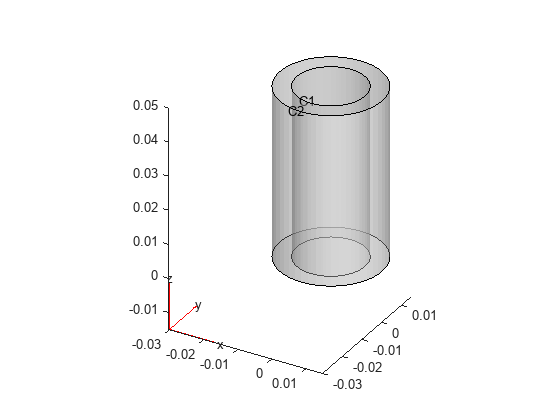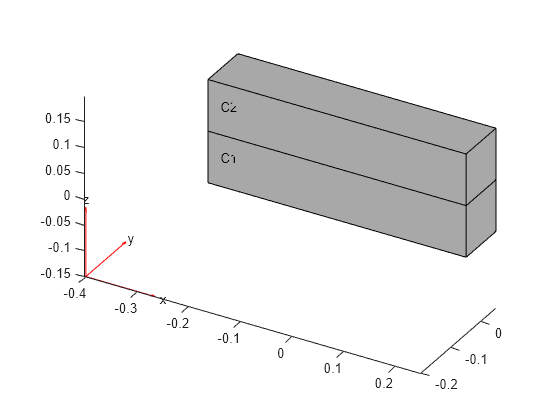cellLoad
Description
A cellLoad object contains a description of a load on a cell of
a geometry. An femodel object contains
an array of cellLoad objects in its CellLoad property.
Creation
Description
model.CellLoad(
creates a CellID) = cellLoad(Name=Value)cellLoad object and sets properties using one
or more name-value arguments. This syntax assigns the specified structural, thermal, or
electromagnetic load to the specified cells of the geometry stored in the
femodel object model. For example,
model.CellLoad(1) = cellLoad(Heat=10) specifies that cell 1 is an
internal heat source.
Note
Acceleration due to gravity specified on any cell automatically extends to the entire geometry.
model.CellLoad = cellLoad(Name=Value) assigns the
specified load to the entire geometry. For example, model.CellLoad =
cellLoad(Gravity=[0 0 -9.8]) specifies the gravity load on all cells of the
geometry.
Input Arguments
Properties
Examples
Version History
Introduced in R2023a

